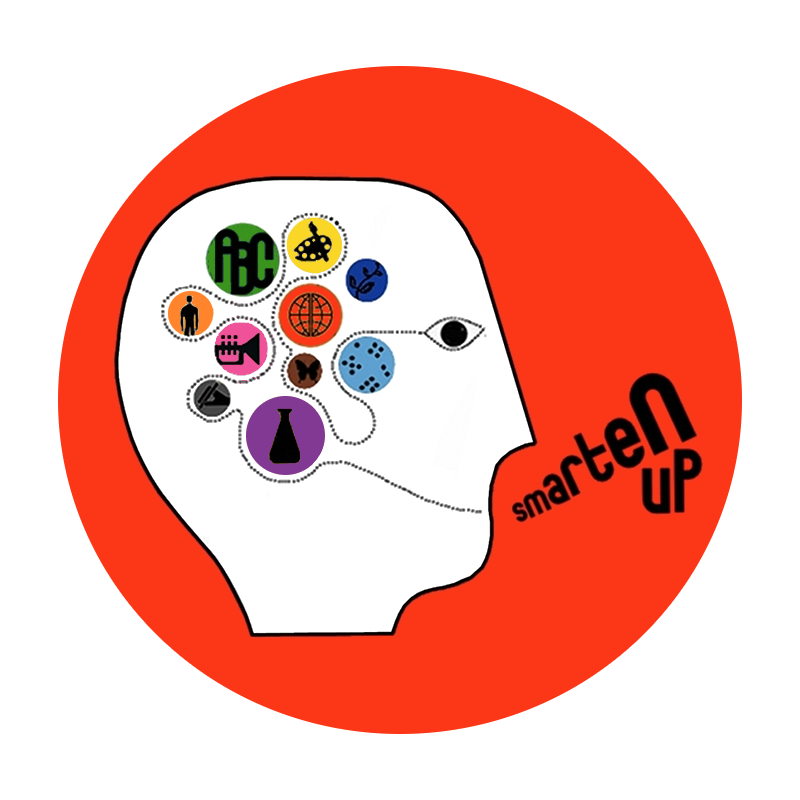Summer offers a great opportunity for students to develop real academic muscle in a hands-on, flexible way. One of the most powerful (and fun!) ways to build research and investigative skills is by choosing a single place—real or imagined—and exploring it through a wide range of perspectives.
We learn first by closely observing our environment and all it contains. Whether your student is planning a trip, dreaming of a far-off destination, or learning more about their own neighborhood, this kind of project invites critical thinking, creativity, and a structured research process—all essential for middle school, high school, and beyond.
Why Research Skills Matter
Research isn't just for writing long school papers. It's a foundational skill that helps students:
Ask thoughtful, open-ended questions
Find and compare credible sources
Take meaningful notes and summarize effectively
Synthesize information into new insights
Communicate clearly in writing and speech
These skills transfer across subjects—from English and social studies to science and even math—and prepare students for college-level work, career projects, and informed citizenship.
Step 1: Choose Your Place
Encourage students to pick a location that genuinely interests them. This could be:
A city they’re visiting over summer break (like Seattle or Rome)
A location from a family story (like their grandparents' village)
A place in a book, movie, or game (like Wakanda or Hogwarts—for a more creative twist)
A park or monument in their own hometown or neighborhood
The key is to start with curiosity. Why does this place matter to you? What do you want to understand better? One student might choose Yellowstone National Park because of a love of nature documentaries, while another, interested in fashion, might choose Paris to investigate how culture influences style.
Step 2: Explore Multiple Angles
To build rich understanding, students can examine their chosen place through several different lenses. Each angle introduces different types of sources, questions, and skills:
1. History
What are the major historical events that shaped this place?
Who lived there first? How has it changed over time?
What conflicts, movements, or innovations originated here?
Example: If a student is researching Harlem, they might explore its roots as a Dutch village, its transformation during the Harlem Renaissance, and its modern-day cultural impact.
2. Geography/Environment
What’s the landscape like—mountains, rivers, coastlines?
What kind of climate and weather does the area have?
Are there environmental issues (flooding, pollution, conservation efforts)?
Example: Studying Jakarta could include research into how rising sea levels are impacting the city’s infrastructure.
3. Culture
Who lives there now, and what languages are spoken?
What are some key traditions, holidays, foods, or music styles?
How do people dress, greet each other, or celebrate?
Example: A student studying Kyoto could look into Japanese tea ceremonies, calligraphy, or the role of seasonal festivals.
4. Economics & Infrastructure
What are the major industries or types of jobs?
How do people get around—public transit, walking, cars?
What buildings or spaces (markets, schools, tech hubs) define everyday life?
Example: A student learning about Nairobi might research its status as a tech innovation hub and how ride-sharing apps are transforming transportation there.
Optional Lenses for Older Students:
Politics & Governance: Who makes decisions here? What are key issues facing leaders and citizens?
Architecture or Art: What styles of buildings are found here? What local artists are famous?
Step 3: Gather Sources
Help students learn to find a variety of sources and evaluate them for reliability and bias. These can include:
Books or ebooks from the library
News articles from reputable outlets
Documentaries or YouTube videos by educators or museums
Travel guides or tourism websites
Interviews with people who have lived in or visited the place
Maps, charts, historical photos, and infographics
Parents and tutors can provide support in note-taking, paraphrasing, and organizing information using tools like graphic organizers or digital apps (e.g., Notion, Google Docs, or Padlet).
Example: A student exploring Cairo might create a slideshow with maps from ancient Egypt, video clips about daily life today, and interviews with relatives who’ve visited.
Step 4: Share What You’ve Learned
The final step is presenting what they’ve discovered in a way that’s meaningful and fun. Options include:
A short written report or article
A visual slide presentation with images and charts
A travel brochure or poster board
A video or podcast
A photo essay or creative story
Encourage students to reflect on what surprised them, what questions they still have, and how their understanding of the place has changed.
Example: A student studying Barcelona might create a short video tour featuring famous sites, snippets of Spanish phrases, and a recipe for paella—showing off both content and communication skills.
Make Research Personal and Fun
When students feel ownership over their learning, they engage more deeply and retain more information. By connecting academic skills to places they love—or want to understand better—students build confidence, independence, and a lifelong curiosity.
Want help guiding your student through a custom summer learning project?
Our tutors specialize in helping students become curious thinkers and confident communicators. Reach out today to design a summer learning experience that’s as enriching as it is enjoyable.

